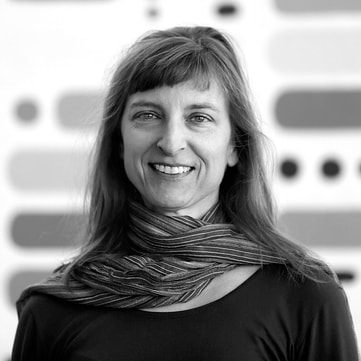 Kirsten Voris Kirsten Voris I’m excited to introduce a very special guest this week: Kirsten Voris, co-creator of the recently-released Trauma Sensitive Yoga Deck for Kids (North Atlantic Books). The deck of 50 yoga cards for kids aged 3-12 comes with a guide for trauma-sensitive facilitation that’s grounded in the evidence-based Trauma Center Trauma-Sensitive Yoga (TCTSY) methodology and the yogic tradition of ahimsa, or non-harming. I met Kirsten through writing, not yoga—we were workshop-mates at the Tucson Festival of Books Masters Workshop a couple of years ago—and I’ve been a fan of her work ever since. When she told me about this latest project, I wanted to hear more, both about the yoga cards and the role of yoga in Kirsten’s life. I know you’ll be interested, too, so I’m sharing our conversation here. How did you first become interested in yoga? The first yoga shape I learned was headstand, and that was taught to me by a German boyfriend when I was in my twenties, so approximately 1992. Then, there was no yoga until I moved to Turkey in 2010. In Turkey I wanted to swim, but there was no way to do so cheaply. There was a yoga studio close to my house, though, so I started going. I eventually signed up for teacher training, so that I could go even more often. I did my teacher training in Ankara, Turkey (Yoga Sala, Ankara, Turkey, class of 2012!). What led you to trauma-sensitive yoga? 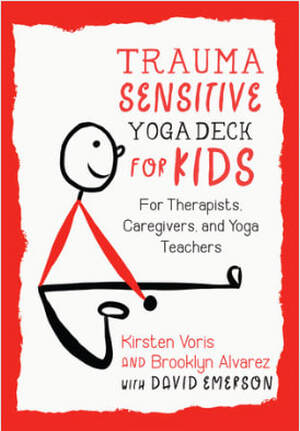 The yoga deck The yoga deck I was led to Trauma Center Trauma-Sensitive Yoga (TCTSY) because there were things that didn't work for me, in regards to how I was in my own body and how I was taught to facilitate yoga for other bodies. How is trauma-sensitive yoga different from other kinds of yoga? 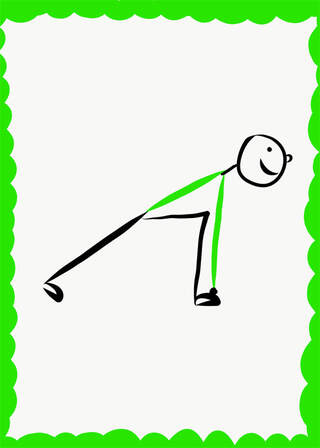 TCTSY was developed as an intervention for complex trauma (also called complex PTSD). It is most helpful for people recovering from disturbed relationships with their bodies and the lack of agency and/or trust that can come from surviving systems of chronic disempowerment or neglect. We use the shapes (forms or asanas) from yoga to practice making choices and noticing sensations in our bodies. In a TCTSY class, participants are 100 percent in charge of their own bodies at all times. The facilitator stays on his or her own mat, and rather than setting goals or correcting or adjusting participants, simply provides them with choices for movement and highlights sensations they may feel in each shape. In order to help us keep the focus on our bodies, there is no music in a TCTSY class. What principles of yoga are most relevant to trauma-sensitive yoga? 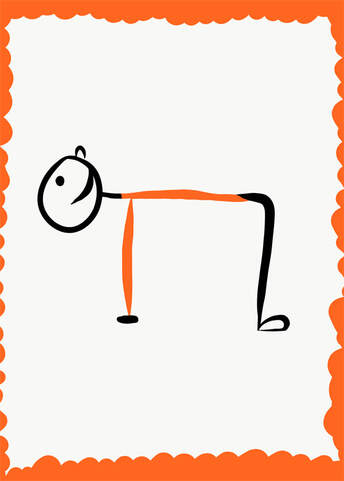 From Patanjali’s eight limbs of yoga, we focus on Asana, or the movement practice. And within the movement, Dhyana, or meditation. In TCTSY we use our bodies and sensation in our bodies as the focus of meditation or mindfulness, as opposed to the breath. Instead of returning to our breath, we’re returning to our bodies when we get distracted. I might invite a client to notice their breath if I know them well. However, in general we don’t work with the breath. For some people, feeling their own breath moving can be a very potent trigger. Some yogic breath practices trigger anxiety and, with Pranayama (breath control), there is a goal involved: to become more centered, more calm, more energized. In TCTSY there is no outcome we are looking to achieve. Ahimsa, which means non-harming, is a part of everything we do. We want to empower, not disempower. I am not someone who can teach others how to heal. I can be a witness, though, to someone’s healing. And I can hold a space for healing. Judith Herman, a therapist, researcher, and author of Trauma and Recovery, inspired so much of what we do. She has another way of putting this. She wrote: “No intervention that takes power away from the survivor can ever foster her recovery no matter how much it appears to be in her immediate self-interest.” I love that. My body knows how to heal. So does yours. How did the yoga deck project come about? Brooklyn Alvarez Brooklyn Alvarez I met co-creator Brooklyn Alvarez in our 300-hour TCTSY facilitation training. We were assigned to be buddies. We spoke every week for nine months. We had both done some facilitation with kids with the available yoga cards and didn't like them. One week in our supervision meeting we told Dave Emerson (director of the center), what we'd been talking about. He told someone at North Atlantic Books. Some time later, Dave announced that North Atlantic Books wanted to publish our deck of trauma-sensitive yoga cards for kids, which up until then, we had only been talking about. It was pretty mind-blowing how that happened. Dave read through the pamphlet and helped us in so many different ways with ideas for content and questions around language and feedback on the cards and the pamphlet. He let Brooklyn and me have our own process when it came to resolving issues that came up during the creation of the final product. He was our first editor. I'm really happy to be associated with him in this way and to have him associated with us and the cards. How do you envision the yoga deck being used? 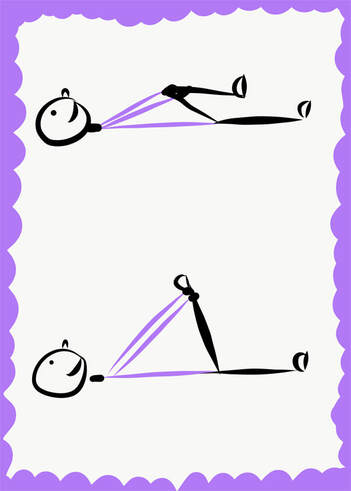 Lots of kids love to move. This is an opportunity to harness that and provide kids with the opportunity to experience choice—in their bodies. And maybe notice sensation in their bodies, to help them ground in the present moment, which is the only place we can feel a sensation. I'd like the cards to be used by people who love kids who have been through terrible things. Anyone can help a child heal. TCTSY practitioners who are therapists can use cards in session with their clients. Foster parents can use the cards to engage with kids in their care. The cards can be a supplemental activity or the main attraction. The pamphlet comes with ideas for group activities involving the cards and practices for one-on-one facilitation or small-group facilitation. And all of these are suggestions. What is important is creating a sense of connection and safety for children. Caregivers can do this by practicing along with the kids in their care, not asking kids to do something and then standing back and watching. Yoga card time can be family time. Time to put down your phone, turn off the TV, and practice being in your body. Everyone practices together: the youth, the moms, the grandmas, the foster dads. Each person noticing their own bodies. How has your own yoga practice evolved over time? My yoga practice started out as anxiety management through overdoing it. I was in class every day and it was vinyasa or ashtanga class. I wanted to stand on my head and balance on my arms. I wasn’t interested in learning to be grounded in my body. Or still. I could not tolerate savasana, or rest. I kept my eyes open. I didn’t like being adjusted or touched. Then, I began to get injured. I have healed-over hamstring tears. I have tendinitis in my left deltoid. In the wake of that particular injury, I couldn’t raise my arm over my head for one year. I discovered the limits of self-medication through exercise. I started to slow down—out of necessity. My favorite teacher in Turkey had a Yin Yoga class that I began attending. It was very difficult for me to hold shapes for long periods of time and give myself over to them. But listening to her guide us through it, as she talked about all the different muscles and meridians we were touching though our practice, helped. (I dedicated my yoga cards to her.) Eventually I began to notice and feel my body and realized that, before I got injured, I couldn’t feel my body at all. And because I couldn’t feel it, I couldn’t make good choices for my body. After graduating from teacher training, I went to a week-long Yin training with Bernie Clark, who introduced me to the idea that adjusting people based on our idea of how a shape needs to look can hurt people. Everyone needs to find their own shape. Since moving back to the US, my yoga is mostly at home. Learning and facilitating TCTSY has made it even more difficult for me to find yoga classes I like, because now I am super-empowered to say what I don’t like (I don’t like to be touched or adjusted or told what to do), and I now know there is a kind of yoga that doesn’t require me to do that to other people. For the past two years I have been involved in an Open Floor Dance community here in Tucson. This is a conscious dance practice. You dance however you want, and you stay with yourself. I’m still learning, and this is the scary leading edge of my evolution as a human being. And it wouldn’t have been possible, without TCTSY. Anything else you’d like to add? Trauma Center Trauma-Sensitive Yoga is very new and very special, and the community is not that large. It has felt amazing to create something that I believe so strongly in, in concert with other humans who are equally passionate about the innate power we all have to help ourselves heal from terrible things--without having to talk about those terrible things. Through movement. The Trauma-Sensitive Yoga Deck for Kids can be ordered through independent bookstores, IndieBound, Penguin Random House, and other online booksellers. ISBN: 9781623173289, $25.95 More about Kirsten and her co-creators KIRSTEN VORIS (RYT-200, TCTSY-F) is a former secondary school teacher and adult educator who completed her initial yoga certification in Ankara, Turkey. Her interest in yoga as a tool for personal integration led her to Yin Yoga and the research-based Trauma Center Trauma Sensitive Yoga (TCTSY). She has facilitated TCTSY for volunteer aid workers in Cusercoli, Italy and brought TCTSY to therapists through PESI trauma training retreats in Sedona, Arizona. In addition to facilitating TCTSY for private clients in and around Tucson, Arizona, Voris has been the TCTSY provider for youth and children through a tribal health service in Southern Arizona. She offers an introduction to TCTSY to fourth year medical students and medical residents at the University of Arizona Center for Integrative Medicine. BROOKLYN ALVAREZ is a clinical psychologist-in-training (doctoral degree expected 2021), certified Kripalu yoga teacher, and avid student of Buddhist psychology and mindfulness meditation. Alvarez's personal and professional experiences have inspired in her a fervent aspiration to specialize in the treatment of developmental trauma and, ultimately, to disrupt systemic hegemony. DAVID EMERSON is the founder and director of Yoga Services for the Trauma Center at the Justice Resource Institute in Brookline Massachusetts, where he coined the term "trauma-sensitive yoga" (TSY). He was responsible for curriculum development, supervision and oversight of the yoga intervention component of the first of its kind, NIH funded study, conducted by Dr. Bessel van der Kolk to assess the utility and feasibility of yoga for adults with treatment-resistant PTSD. Emerson has developed, conducted, and supervised TSY groups for rape crisis centers, domestic violence programs, and residential programs for youth, military bases, survivors of terrorism, and Veterans Administration centers and clinics. In addition to co-authoring several articles on the subject of yoga and trauma, Emerson is the co-author of Overcoming Trauma through Yoga, (North Atlantic Books, 2011) and author of Trauma-Sensitive Yoga in Therapy (Norton, 2015). He leads trainings for yoga teachers and mental health clinicians in North America, Europe, and Asia.
3 Comments
Sue Schneider
8/22/2019 03:18:39 am
Nan, another fascinating and timely piece. How beautiful there are yoga cards to help children learn yoga and adults who can facilitate the process. I’m so glad to know about this deck.
Reply
Sally Kane
8/22/2019 06:11:37 am
I was fascinated with this. From my personal experience of practicing yoga for 45 years, being an educator, social worker and Bodywork Therapist, I think Kristin's work is spot on. I'm ordering a deck. Thanks for sharing this.
Reply
Janet Glaser
8/28/2019 07:58:10 am
This practice is opening up opportunities for healing. Kirsten, thank you for making aware of this kind of yoga and sharing it with the world!
Reply
Leave a Reply. |
Written from the heart,
from the heart of the woods Read the introduction to HeartWood here.
Available now!Author
Nan Sanders Pokerwinski, a former journalist, writes memoir and personal essays, makes collages and likes to play outside. She lives in West Michigan with her husband, Ray. Archives
April 2022
Categories
All
|
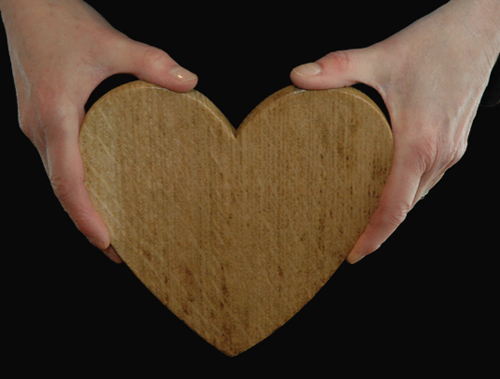
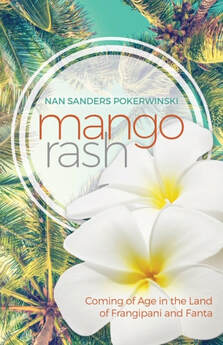
 RSS Feed
RSS Feed